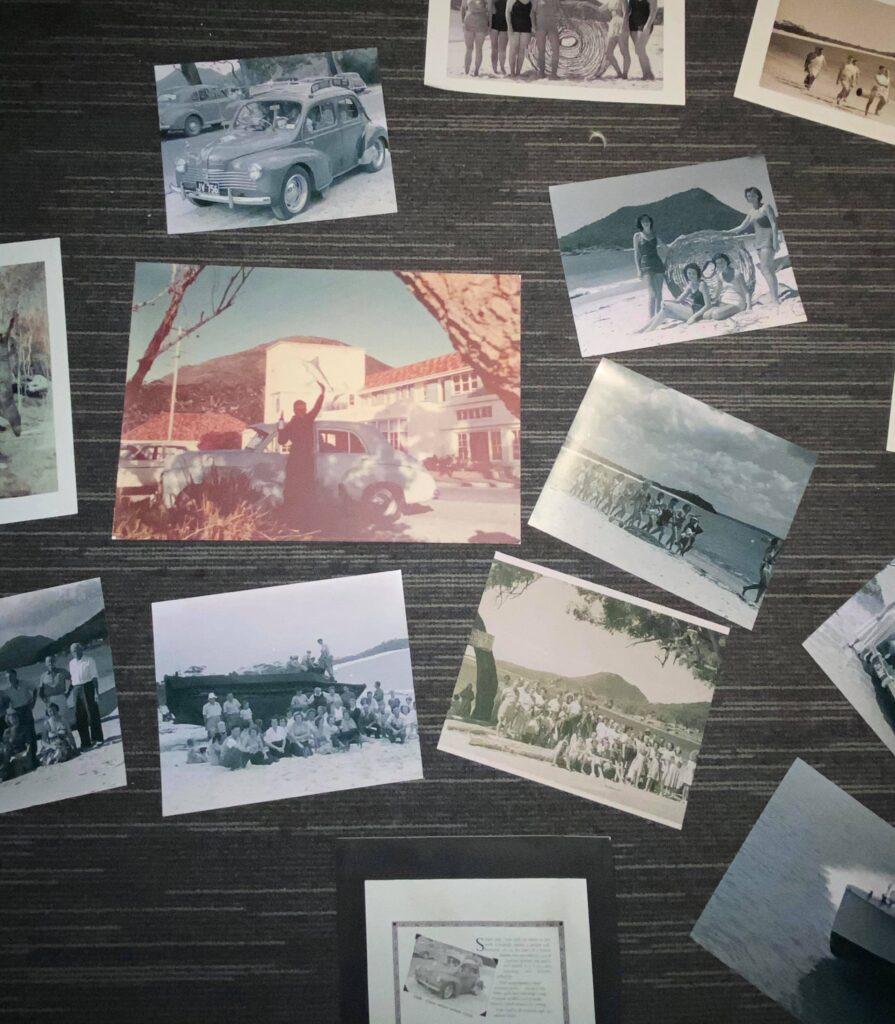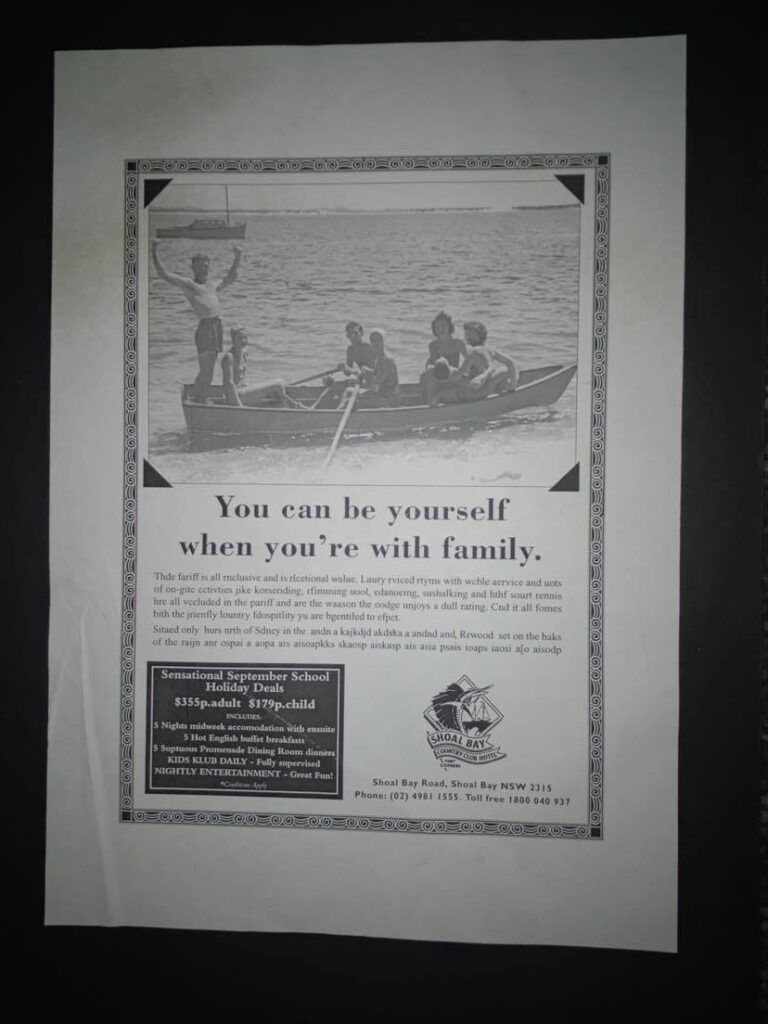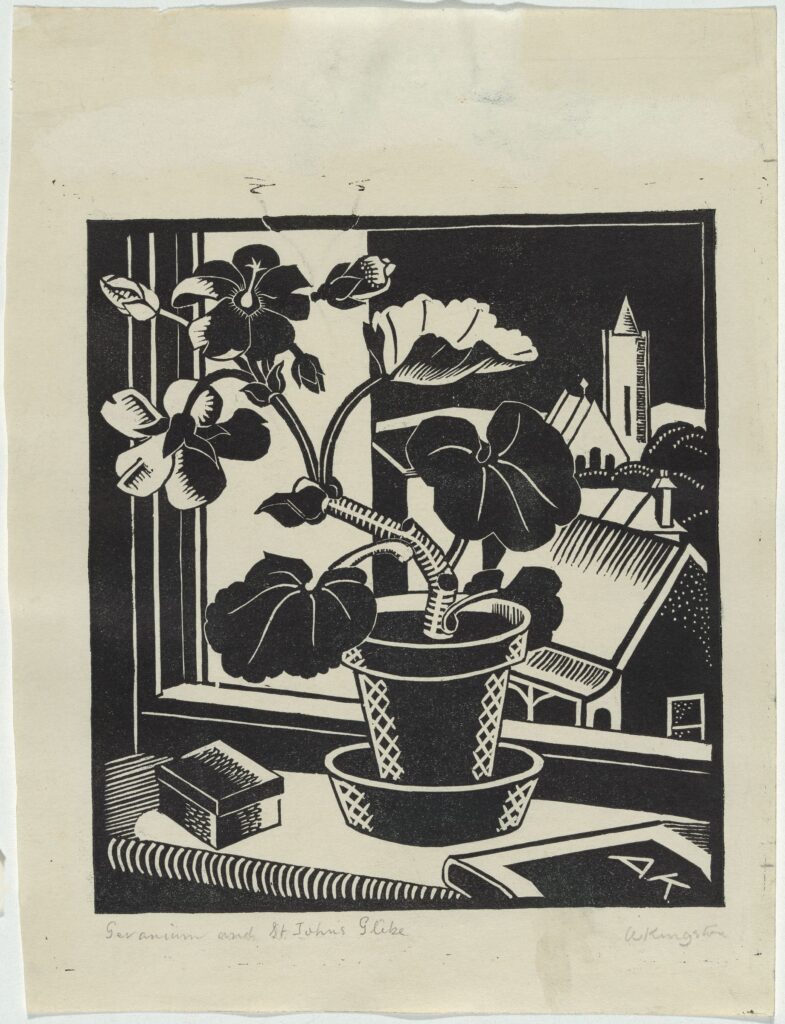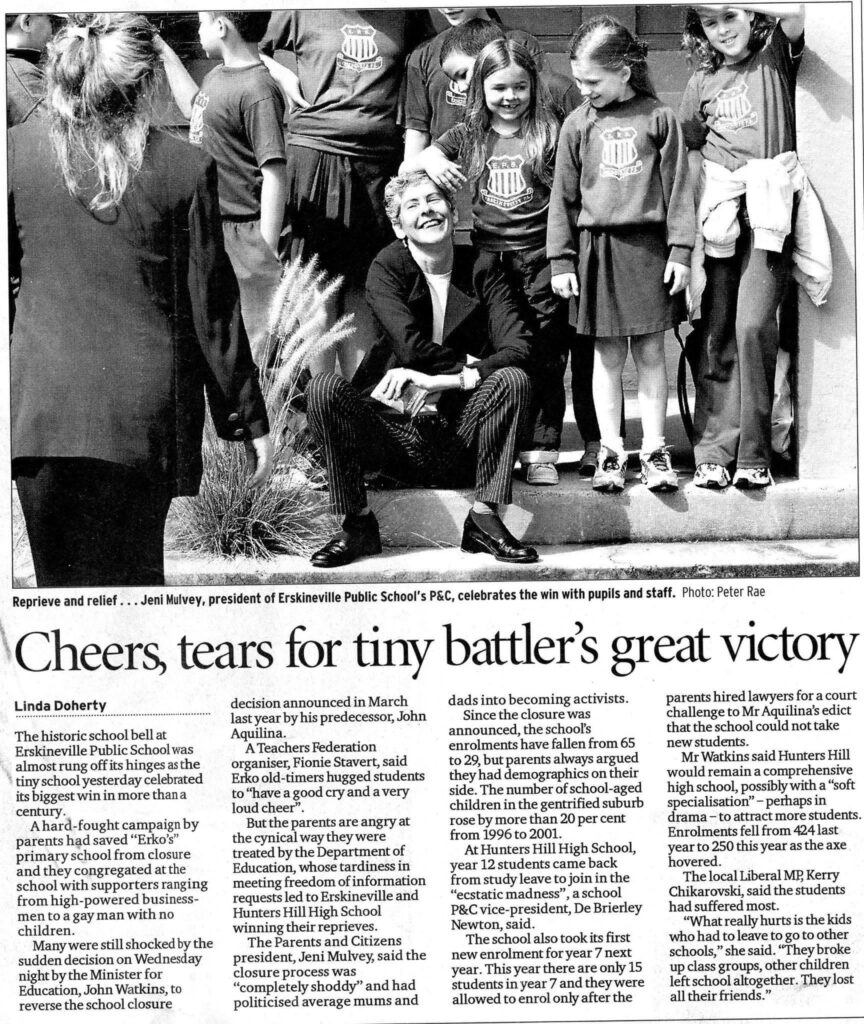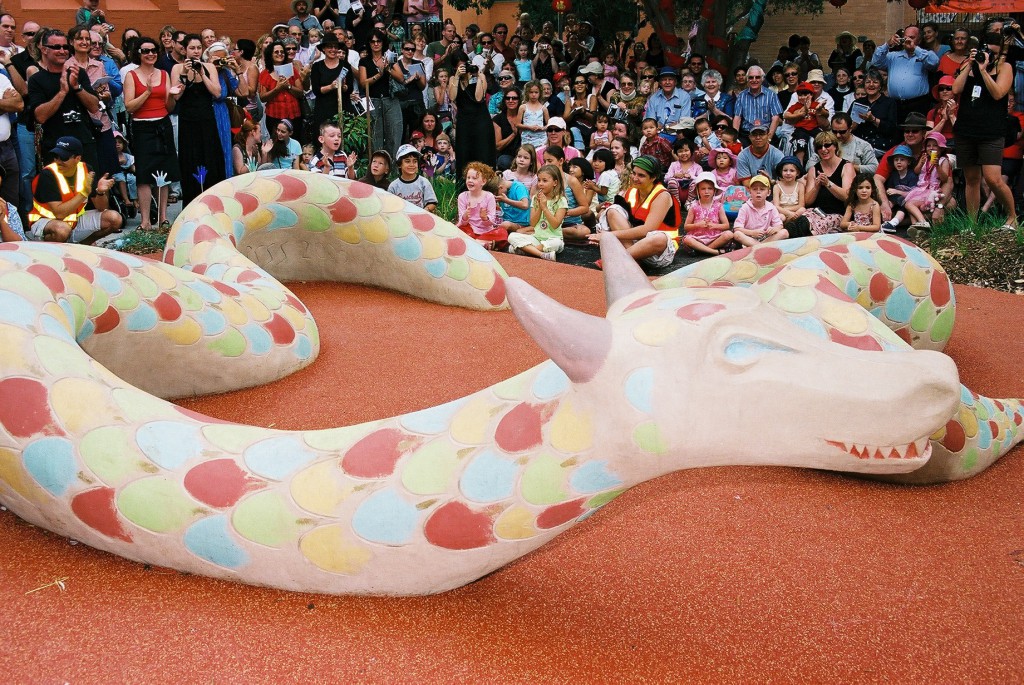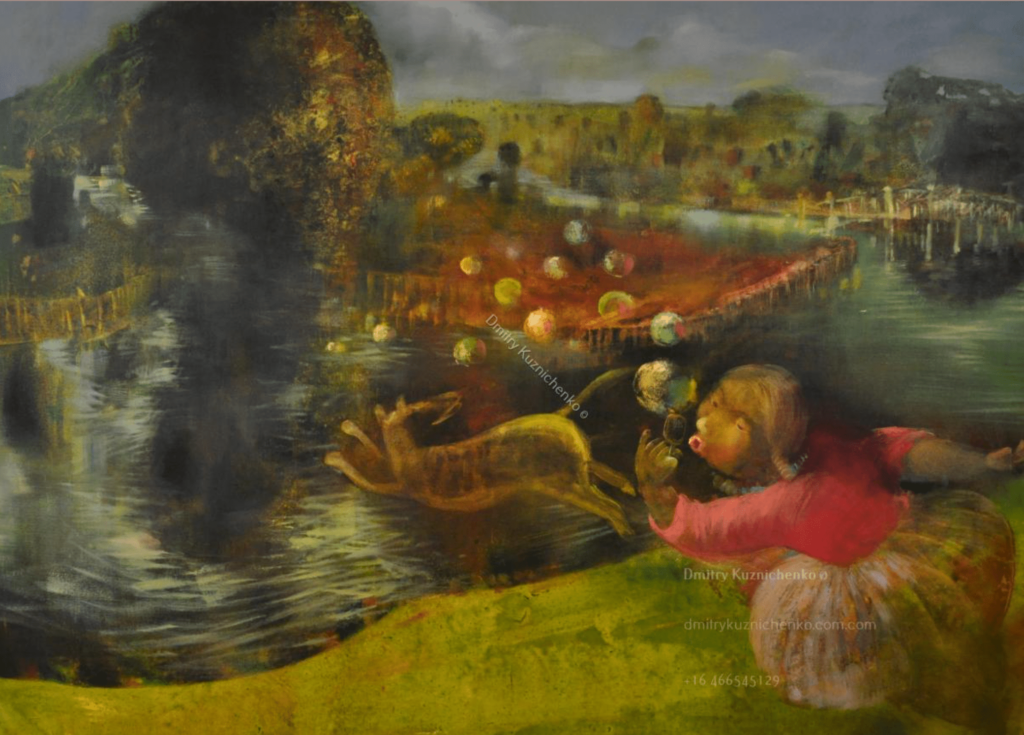Mainstream medical practices in Australia are largely based on hypothetical deduction, with healthcare professionals treating symptoms and diseases using drugs, radiation and surgery. Conventional medical advice is therefore heavily influenced by Western values. This starkly contrasts the traditional medical practises used by Indigenous cultures that instead, appreciate a balance between the physical and spiritual being, relying on traditional healers, bush rubs and naturopathic medicines.[1]
Data released in the Australian Bureau of Statistics March 2020 report, however, indicate that the health status of Aboriginal Australians was amongst the worst of any group in developed nations.[2] The report revealed a higher prevalence of ill health and disability and a reduced life expectancy across the Indigenous community. A proposed explanation for this is derived from the lack of synergy between Government funded health initiatives, largely based on Anglo culture, and Indigenous constructs of health. Therefore, re-shaping our healthcare system to include services considerate of Aboriginal health beliefs has the potential to be immensely effective.
Consequently, the Aboriginal Medical Service (AMS) Redfern was established in 1971, partly to overcome the neglect and racism systemically engrained throughout Australia’s mainstream health services. The organisation was the first Aboriginal community-controlled health service in Australia, initially basing itself as a shopfront in Regent Street before moving to land donated by the Sisters of Mercy on Turner Street.[3] The service initially relied on volunteer doctors, nurses, nuns and medical students, however, it is now serviced by numerous paid healthcare professionals, including dentists, mental health specialists and general practitioners.



The AMS, however, is tightly funded and has access to limited resources which have been stretched to their limits during the COVID-19 pandemic. Less crucial elements of the organisation, such as their community administrative efforts, have understandably suffered. This is most evident when navigating the service’s website, which lacks information about the AMS’ current goals and historical relevance. For my project, I would therefore like to create a web page that reflects the positivity and progressiveness of the AMS and their significant contribution to Redfern’s local Indigenous community. To capture this, I want to coalesce the organisation’s public history, demonstrated through the inclusion of timelines and infographics with their more personal impact, shown through oral history interviews and profiles on key figures such as Mum Shirl, the service’s first Welfare Officer. At the current stage, it has been relatively difficult to maintain a consistent line of communication with the organisation, however I am hopeful that as I continue to build my rapport, conversations will flow more naturally and enthusiastically.
References:
“Indigenous Health”. 2020. Australian Bureau of Statistics. https://www.abs.gov.au/ausstats/abs@.nsf/ViewContent?readform&view=productsbytopic&Action=Expand&Num=5.7.10.
“Our History”. 2020. Aboriginal Medical Service Cooperative. https://amsredfern.org.au/.
“Traditional Healing And Medicine – Cultural Ways”. 2019. Australian Indigenous Healthinfonet. https://healthinfonet.ecu.edu.au/learn/cultural-ways/traditional-healing-and-medicine/.
Foley, Gary. “Aboriginal Medical Service 1971-1991: Twenty Years of Community Service.” Aboriginal Medical Service Cooperative (1991): 1-12.
[1] “Traditional healing and medicine”, Australian Indigenous HealthInfoNet, 2019. <https://healthinfonet.ecu.edu.au/learn/cultural-ways/traditional-healing-and-medicine/>. Accessed 23 October 2020.
[2] “Indigenous Health”, Australian Bureau of Statistics, March 2020. <https://www.abs.gov.au/ausstats/abs@.nsf/ViewContent?readform&view=productsbytopic&Action=Expand&Num=5.7.10.> Accessed 23 October 2020.
[3] “Our History”, Aboriginal Medical Service, 2020. <https://amsredfern.org.au/>. Accessed 23 October 2020.


